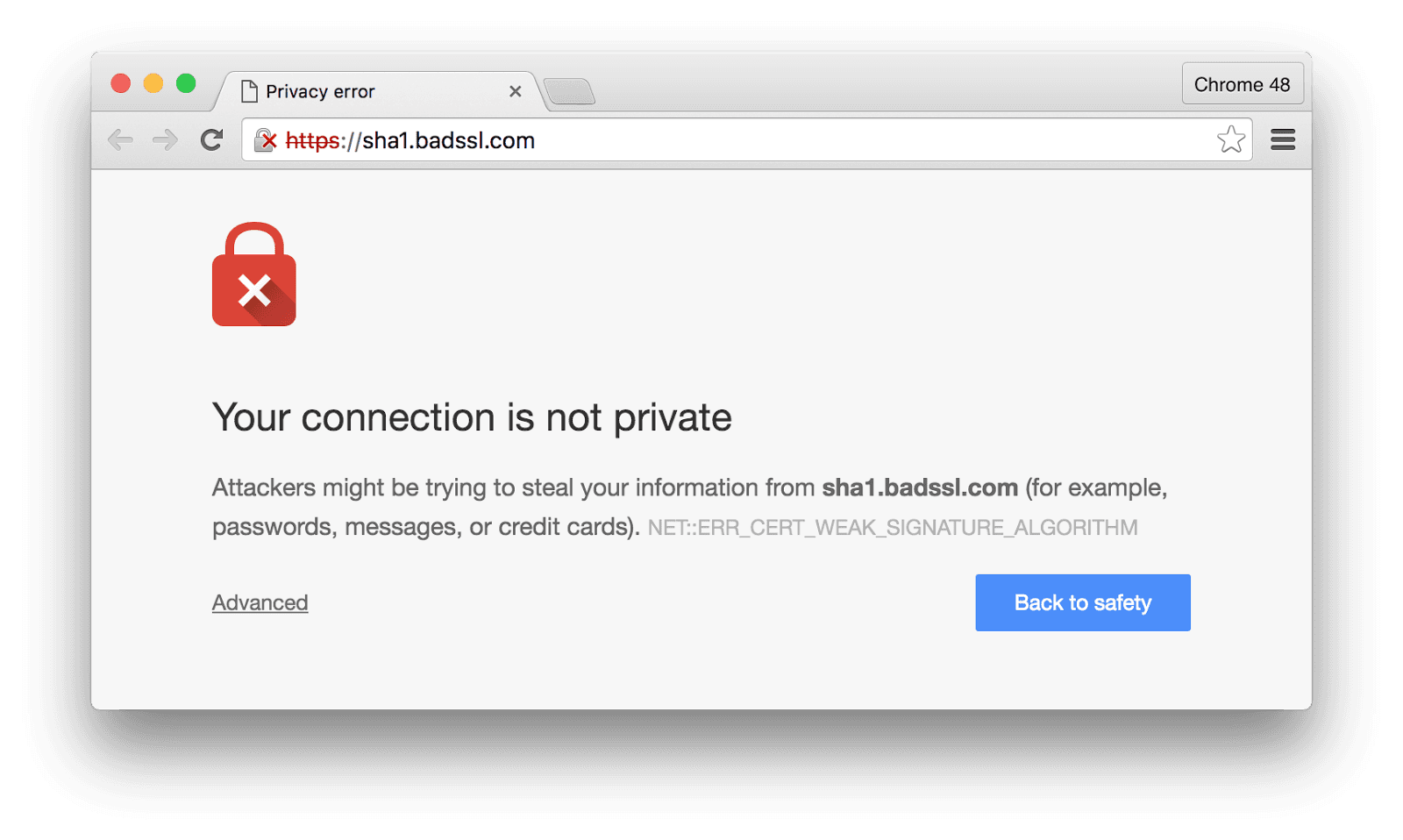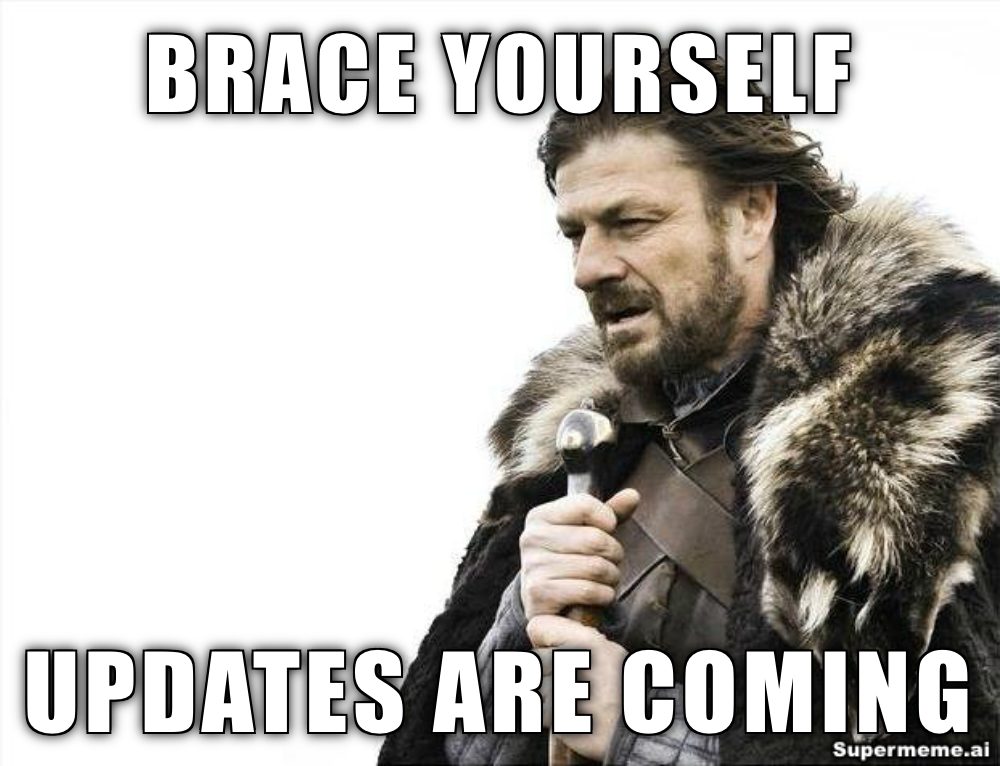- Published on
- Published:
- Reading time
- 10 min read
Cloud SaaS Security: Keeping Your Customer Data Safe
- Authors

- Name
- Nico Botha
- @nwbotha
The SaaS (Software as a Service) business model is continually expanding and rapidly becoming a cornerstone of modern commerce and the broader market.
Its popularity can be attributed to the way SaaS facilitates easy access to complex software, eliminating the need for installation, maintenance, and upgrades.
This allows users to start using any SaaS product within minutes, or even seconds, with just a few simple clicks.
It's important to remember that this presents a substantial responsibility.
A large number of people and companies will entrust you with their data as the founder or developer of a SaaS. Consequently, you'll be accountable for the safety and security of this data.
In this article, we’ll explore key security aspects that you, as a SaaS founder or developer, must address to ensure your clients' data remains secure.
Why Should You Care About Cloud SaaS Security?
Before we delve into specific security measures, it's crucial to understand why prioritizing security is necessary.
There are, indeed, several compelling reasons:
1. Ethical Reasons
Ethics is the foremost reason to prioritize security. As a SaaS provider, you have a moral duty to safeguard user data from breaches and misuse.
Ethical data handling requires transparency, respect for user privacy, and a proactive approach to addressing security threats.
2. Legal Reasons
Many countries, particularly in the EU, are enforcing strict data protection laws. Non-compliance can result in substantial fines and reputational damage.
Understanding these laws and maintaining compliance is essential to protect your business and preserve user trust.
3. Data: The New Oil and Gas
Data is currently the most valuable resource. Possessing data (not only "direct" data like names and credit card numbers, but also pure analytical data) gives you a competitive edge.
For instance, knowing that a particular industry is dominated by a specific gender allows you to tailor your marketing strategy, potentially giving you an unfair advantage.
4. Reputation Matters
Would you trust a company known for neglecting data security?
The chances are that others wouldn't either. Prioritizing data security is vital for building a good brand reputation and fostering customer trust.
Now that we've covered why you should care about security, let's explore some of the security aspects crucial to keeping your client data safe.
Cloud SaaS Security Checklist
Here are the 6 most important aspects of your SaaS security architecture:
1. Data Encryption
Data encryption is among the most effective and fundamental methods to ensure your clients' data safety and security.
Despite seeming like common sense, we frequently hear about companies storing sensitive information in plain text, including passwords.
This issue isn't confined to smaller businesses; industry giants have also faced such problems recently, as in 2021 and 2022.
It's not only essential to store data using encryption but also to transfer data securely, necessitating the use of HTTPS instead of HTTP.
Modern browsers require HTTPS, and non-compliance can lead to significant issues, especially when retrieving data from another server (we're looking at you, CORS!).
Some browsers even display warnings when accessing HTTP sites, indicating potential vulnerabilities and threats.
Data encryption should have been the norm years ago, yet we still discuss it because it isn't universally adopted.
2. Multi-factor Authentication
Another vital security layer to consider as a SaaS owner is multi-factor authentication (MFA).
There are several reasons to implement this, but we'll highlight the two most significant ones:
- Many users, even those technically inclined, often wonder: who would want to hack me? Yet hacking is more prevalent than most people assume. It's common for individuals to use the same password across multiple apps, primarily because managing unique passwords for each can be a hassle. However, if your client is lax about their security, you shouldn't be. Encourage them to enhance their data security.
- If a malicious hacker gains more access to your data than intended, they can inflict serious harm on your system. The more they know about your system's architecture, the easier it becomes for them to compromise it. MFA doesn't make your system hack-proof, but it significantly increases the difficulty for potential hackers.
While MFA doesn't guarantee the absolute safety of your customers' data or your system, it adds a robust protective layer that can deter hackers.
Another advantage of MFA is that even if some of your customer’s data is compromised, they still have a degree of protection.
Popular MFA methods include Authenticator apps, magic links, authentication via SMS, email codes, and more.
Many of these features are built into modern Platform as a Service (PaaS) solutions like Firebase or Supabase.
This is one of the primary reasons we use Supabase for our SaaS template.

3. Regular Software Updates
Regular updates to your software, including packages, programming languages, and your code, are essential for maintaining SaaS security.
Software updates often come with patches for identified vulnerabilities, bug fixes, and security enhancements.
Failure to update your software exposes your system to known security weaknesses that malicious actors can exploit.
Stay current with the latest releases, security alerts, and patches from your software vendors and community-supported packages.
Implement a robust update management process that includes thorough testing of changes before deployment to ensure compatibility and minimize disruptions.
Also, consider setting up an automated update system, which can accelerate the process and ensure urgent security upgrades are implemented immediately.
It's equally crucial to consistently review and update your codebase to rectify any security flaws or vulnerabilities that may have been detected over time.
By being proactive with software updates, you can effectively manage potential security issues, enhance system performance, and establish a secure environment for your client data.

4. Regular Security Audits and Vulnerability Testing
For your SaaS platform to maintain a solid security posture, regular security audits and vulnerability testing are crucial.
These audits involve comprehensive assessments of your apps, infrastructure, and systems to identify potential security flaws or vulnerabilities.
By conducting these audits routinely, you can proactively find and rectify security vulnerabilities before they are exploited by malicious actors.
Vulnerability testing, such as penetration testing or ethical hacking, goes a step further by simulating attacks on your system to uncover weaknesses that might not be readily visible.
This enables you to understand how your system responds to real threats and promptly address any identified weaknesses.
These security evaluations should be conducted by qualified professionals or external security companies specializing in SaaS security.
They possess the necessary expertise and resources to perform in-depth security assessments, identify vulnerabilities, and suggest corrective actions.
Conducting regular security audits and vulnerability testing shows your commitment to safeguarding your clients' information and staying ahead of emerging security threats.
This enables you to continually strengthen your security controls, ensuring your SaaS platform remains secure and resilient to new vulnerabilities in the ever-changing cybersecurity landscape.
Regular security checks, vulnerability testing, and updates can indeed be the distinguishing factor between you and your competitors.
5. GDPR Compliance
An article about data security would be incomplete without mentioning the General Data Protection Regulation (GDPR).
This law in the European Union (EU) dictates how digital service providers must handle data, from simple websites to the most comprehensive software systems.
Even outside of the EU, GDPR compliance is essential for SaaS companies.
The GDPR imposes stringent rules for the collection, retention, processing, and transfer of personal data of EU citizens.
GDPR grants individuals greater control over their data and imposes hefty penalties for non-compliance.
By adhering to GDPR requirements, you can reassure your clients that their data is treated with the utmost care and respect for their privacy.
GDPR compliance requires SaaS providers to put robust data protection measures in place.
These include obtaining explicit consent from users before collecting personal data, being transparent about data processing activities, and providing users with the ability to view, correct, and delete their data.
To safeguard customer data and swiftly respond to any security issues, effective data encryption, access controls, and data breach reporting mechanisms should be implemented.
GDPR compliance necessitates continuous effort. Stay updated with any regulatory changes and adjust your processes accordingly.
Regularly review and update your privacy policies, data processing agreements, and consent procedures to ensure they align with GDPR standards.
Prioritizing GDPR compliance can enhance customer trust, improve data security, and mitigate the risks associated with non-compliance.
In addition to meeting legal requirements, GDPR compliance can also offer a competitive edge.
Customers are becoming increasingly aware of data privacy issues and are more likely to choose SaaS providers that respect their privacy rights.
By demonstrating your commitment to GDPR compliance, you distinguish yourself from competitors and attract customers who value data protection and privacy.
6. Disaster Recovery and Backup
Having a disaster recovery and backup plan is critical for SaaS security as it helps mitigate the consequences of data loss or system outage.
This plan should outline strategies and procedures for regularly backing up your clients' data, ensuring its availability in the event of any unforeseen incidents.
An effective backup strategy entails maintaining duplicate copies of data in both on-site and off-site secure locations.
Regularly conducted backups, ideally automated, provide an additional layer of protection against data loss.
The 3-2-1 backup rule – having at least three copies of data, stored on two different media, with one copy kept off-site – significantly enhances data resilience and recovery capabilities.
Disaster recovery planning extends beyond backups to encompass processes, systems, and infrastructure needed for swift restoration of operations.
This may require establishing failover systems, redundant hardware, and cloud-based recovery solutions.
Regularly conducting disaster recovery drills and verifying the efficacy of your recovery methods will ensure that you can minimize downtime and restore your customers' data as soon as possible.
Investing in a robust disaster recovery and backup plan not only protects your clients' data but also demonstrates your commitment to providing uninterrupted service.
Your ability to quickly and efficiently recover from unexpected disasters builds customer trust, ensures business continuity, and maintains your reputation as a reliable SaaS provider.
Conclusion
This article is quite lengthy and yet, we've only just scratched the surface. Security is a vast field in IT, and it's worth investing in as much as possible.
If you think that this is expensive, just wait until you experience a security breach or a lawsuit (😢).
Jokes aside, security should be one of your main concerns when building and maintaining a SaaS platform. Although it may seem overwhelming right now, in the long run, it's worth it.
You can find numerous quality resources online to learn more about securing your SaaS platform and generally improving your code's security.
Staying on top of security measures, breaches, and similar incidents can help you anticipate potential problems and prevent future issues.
If you're looking to start a new SaaS venture and need a safe and secure starting point, you should definitely check out our SaaS template.